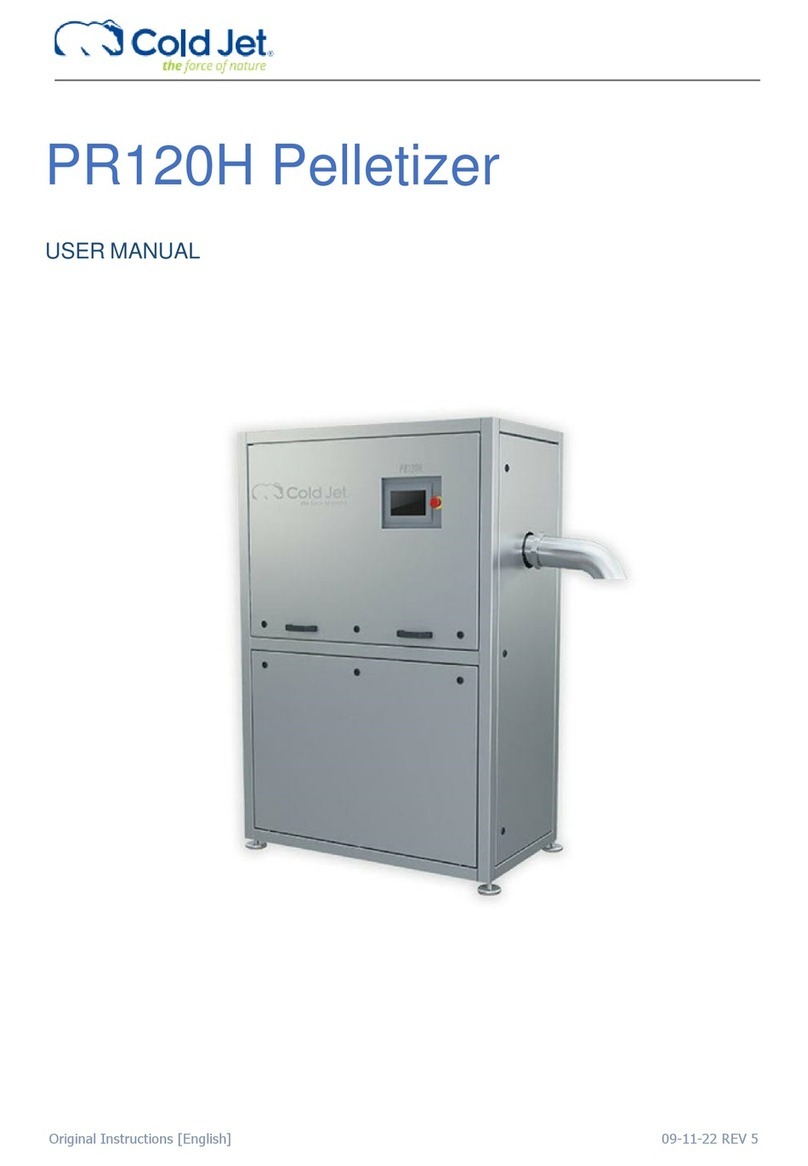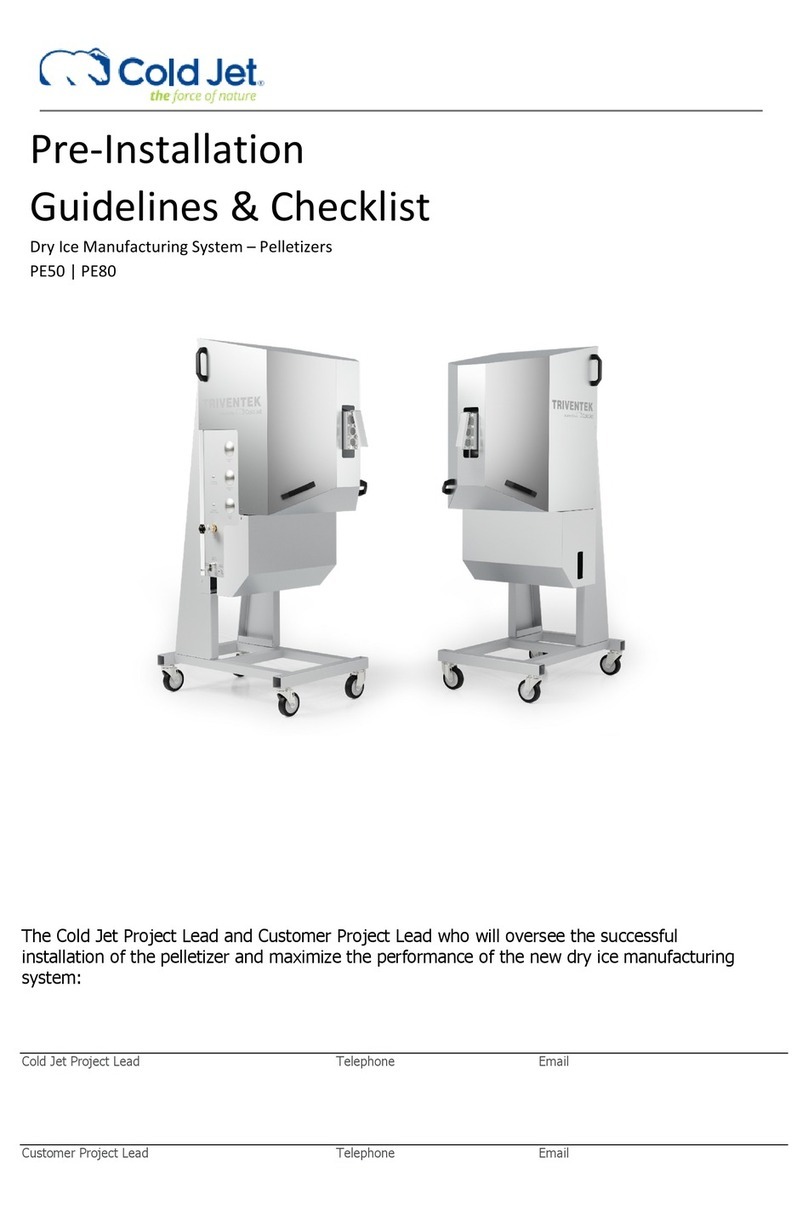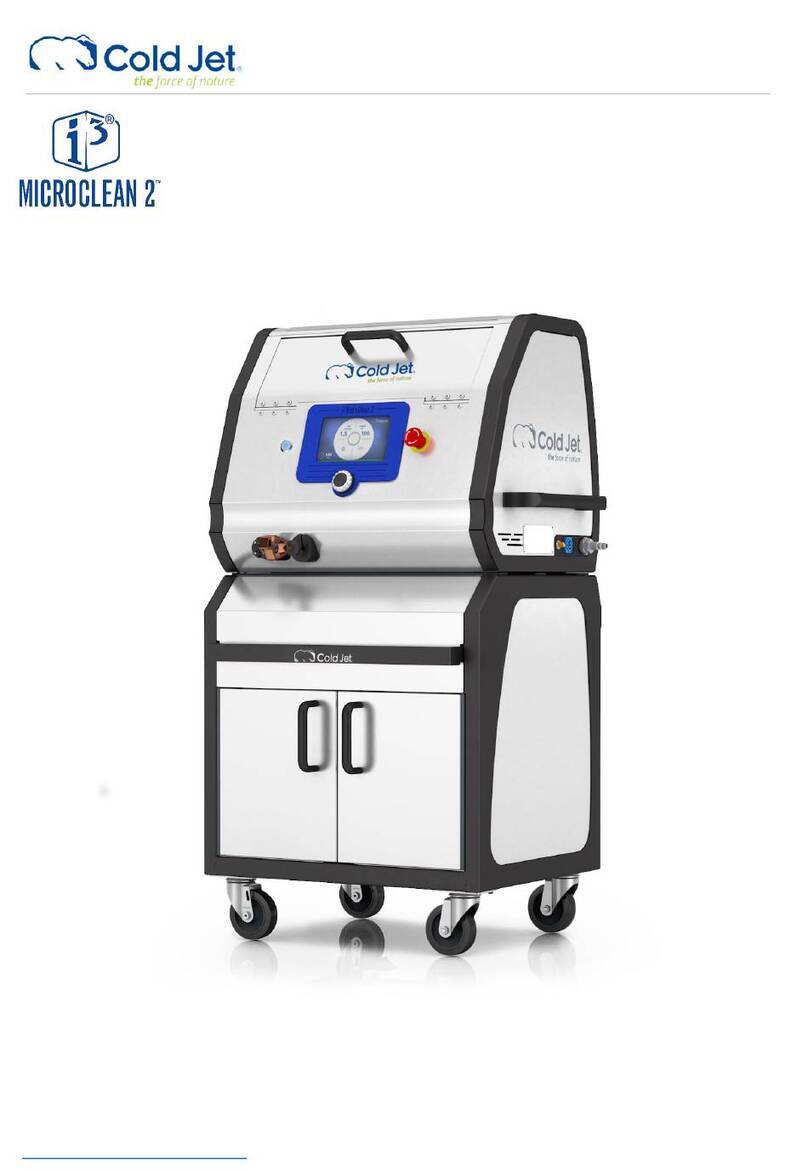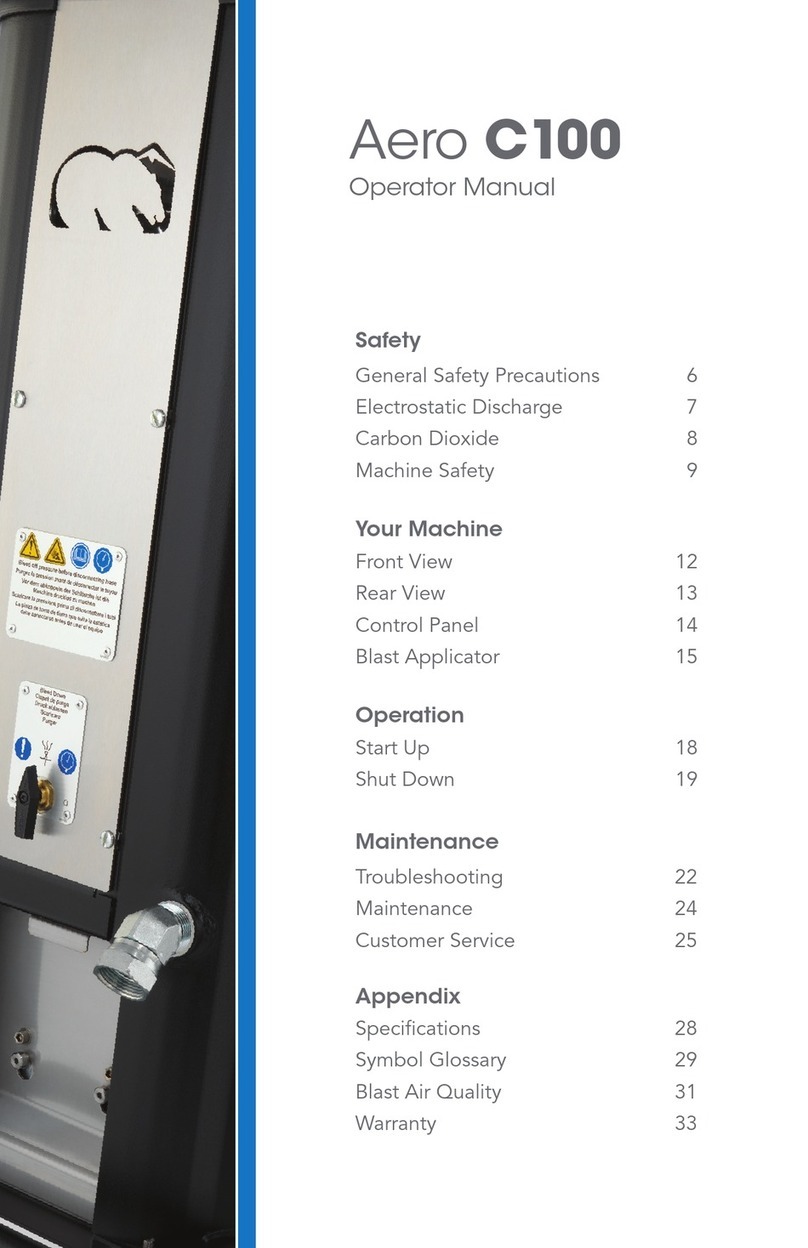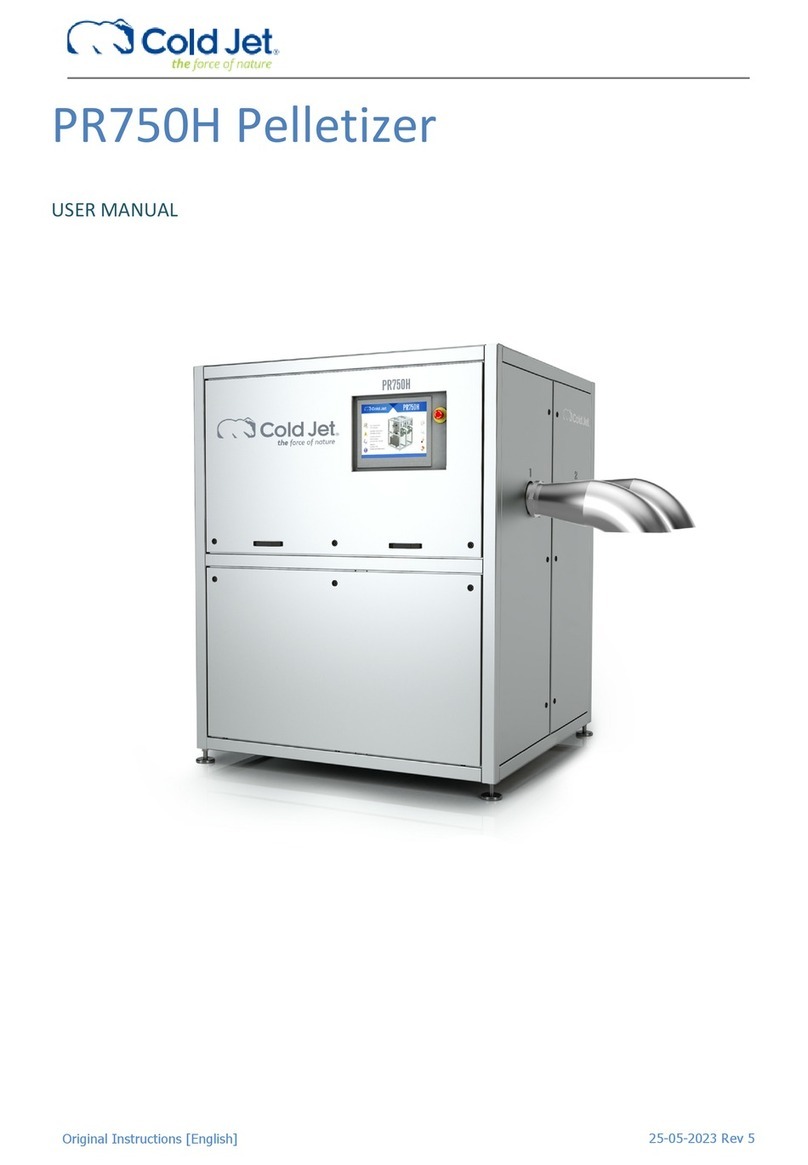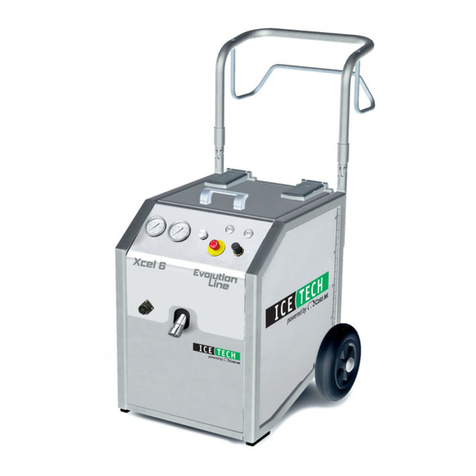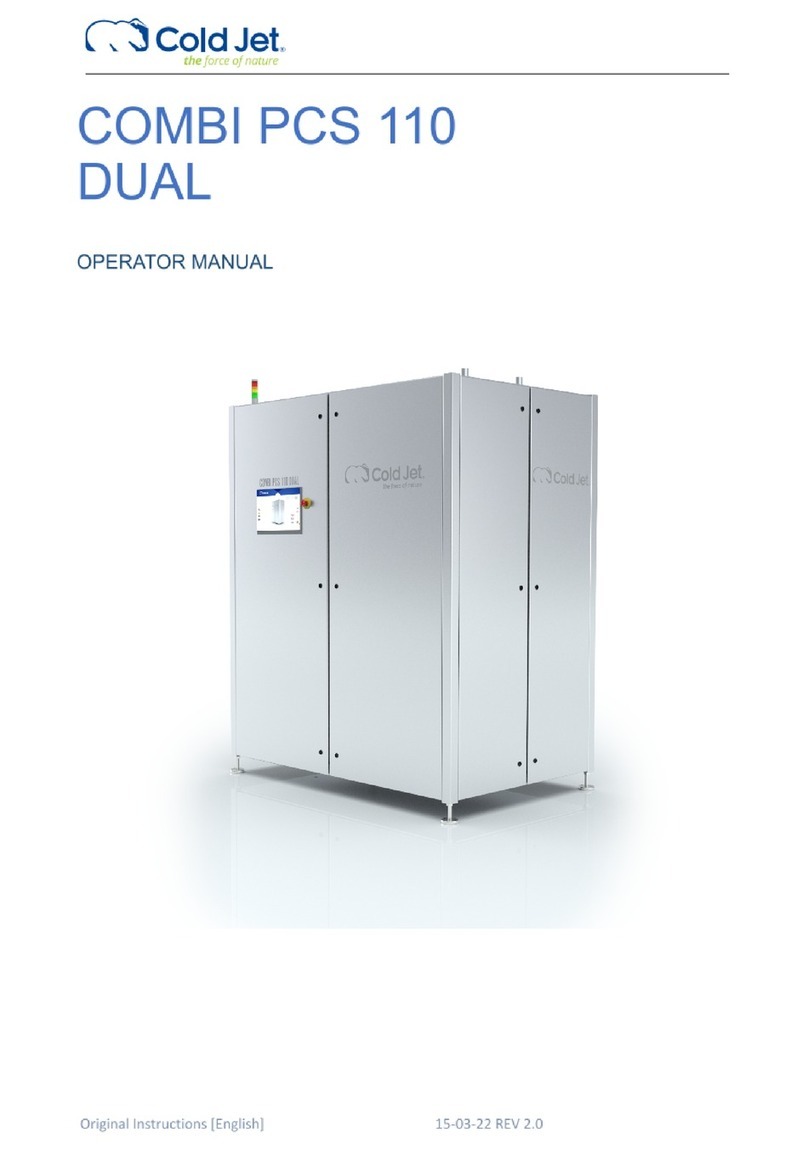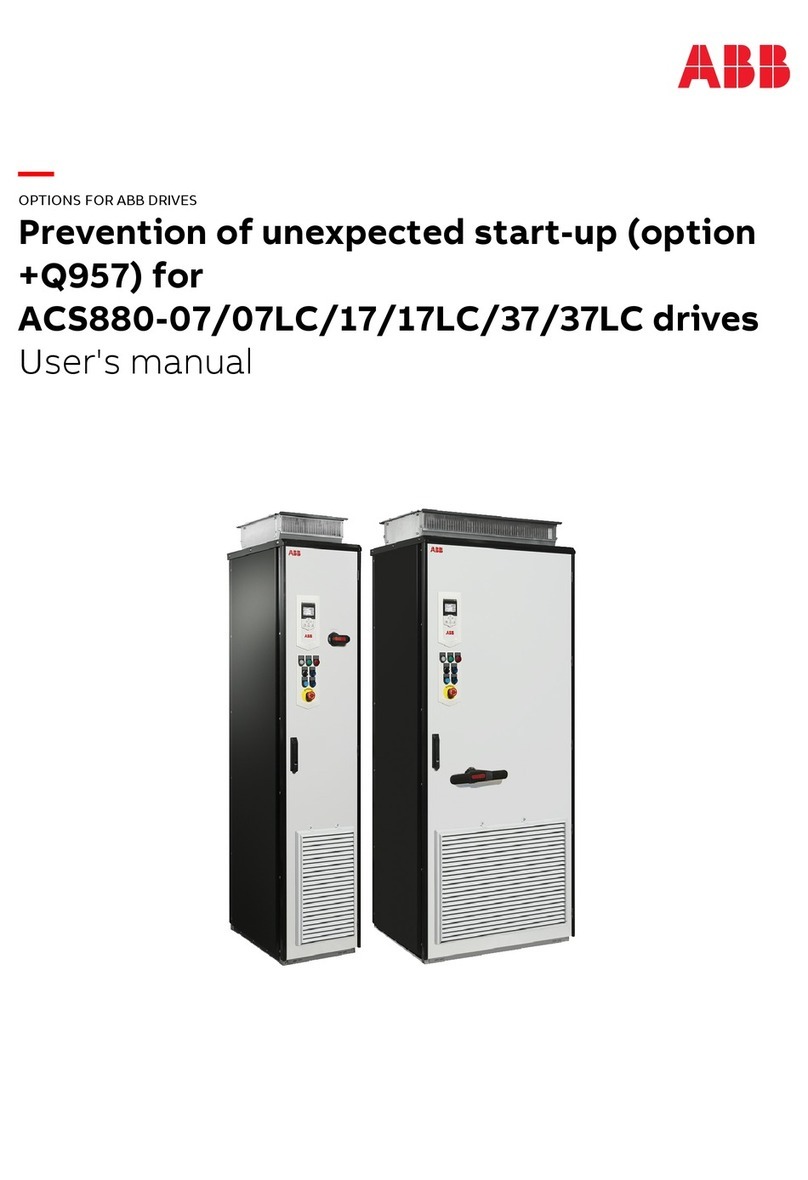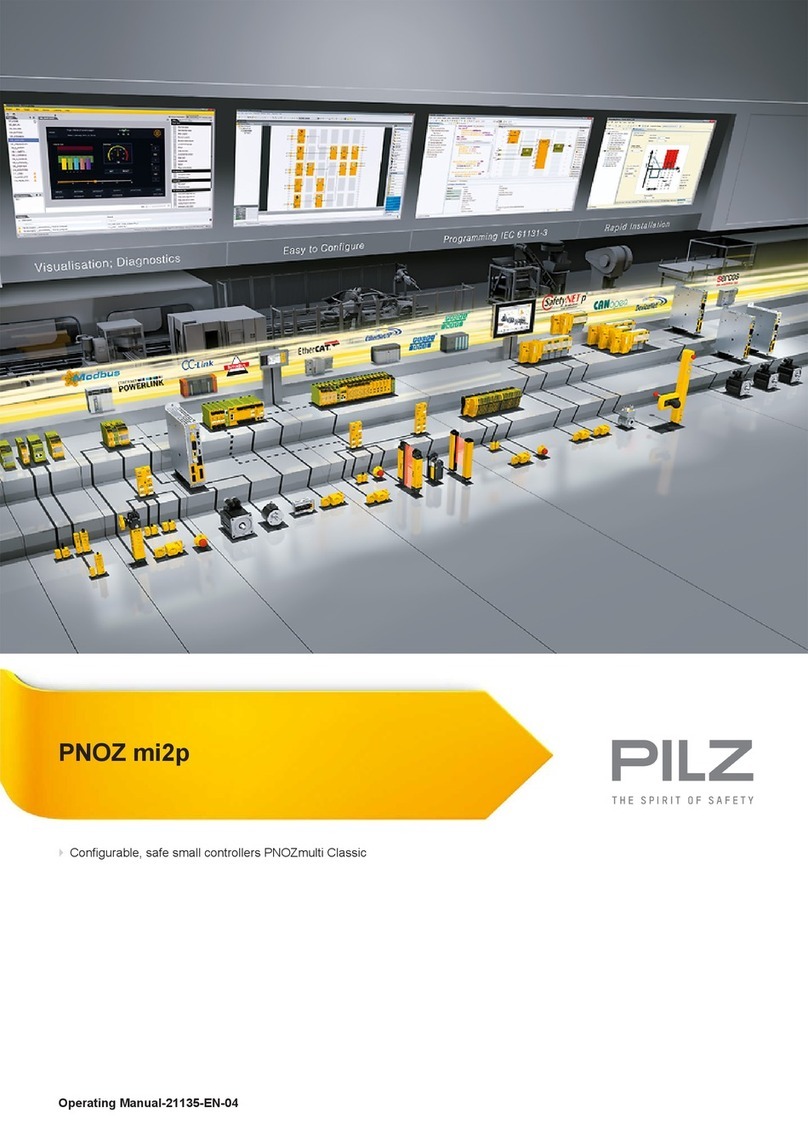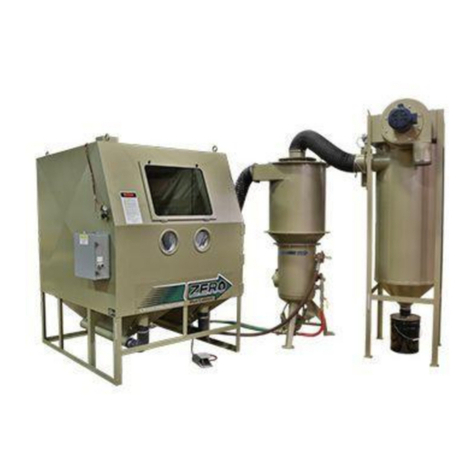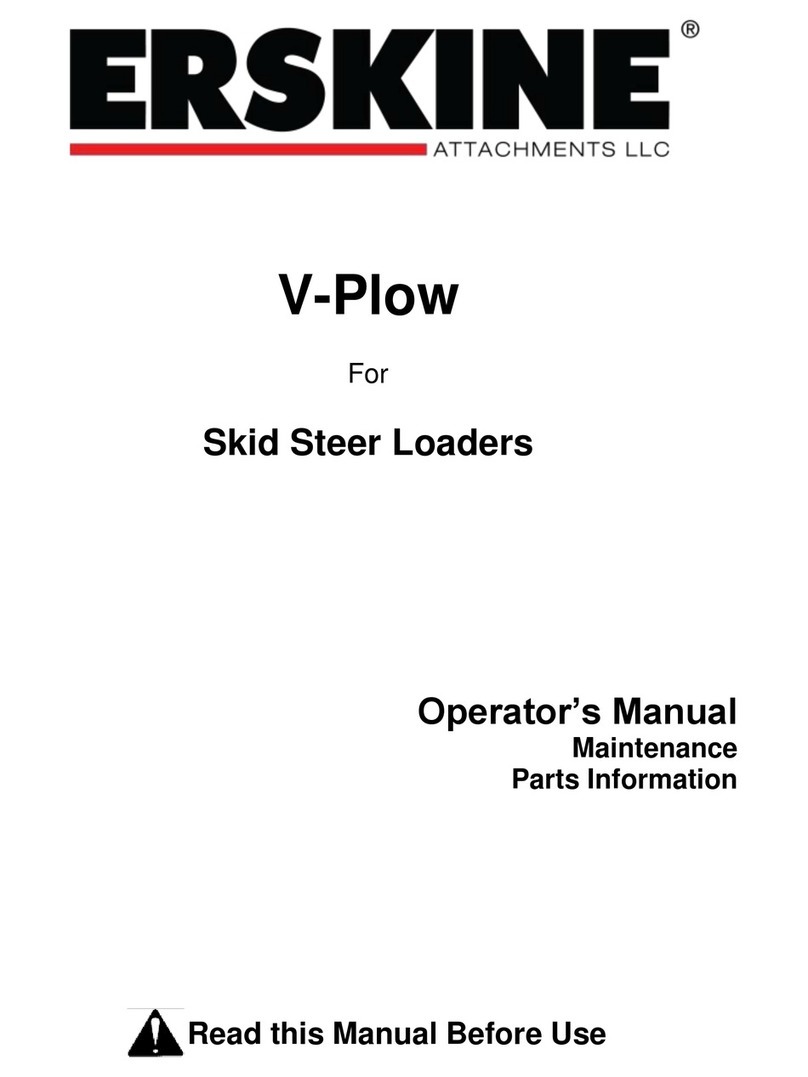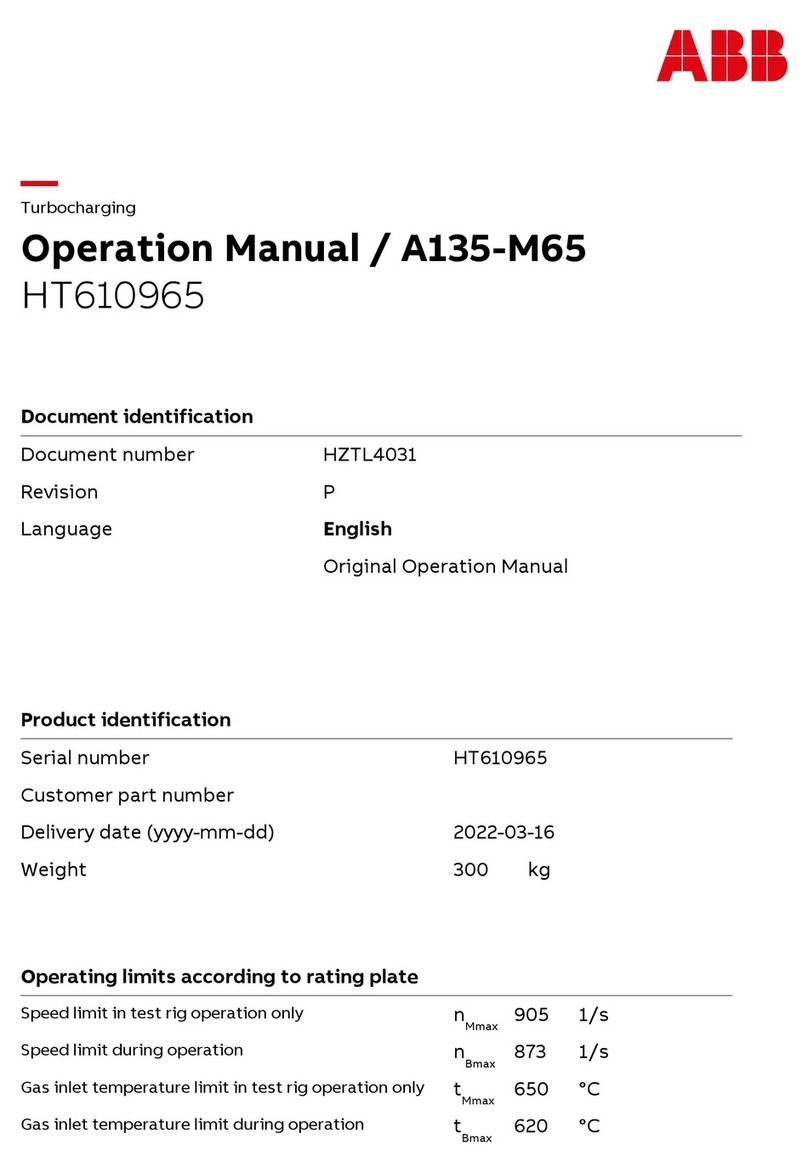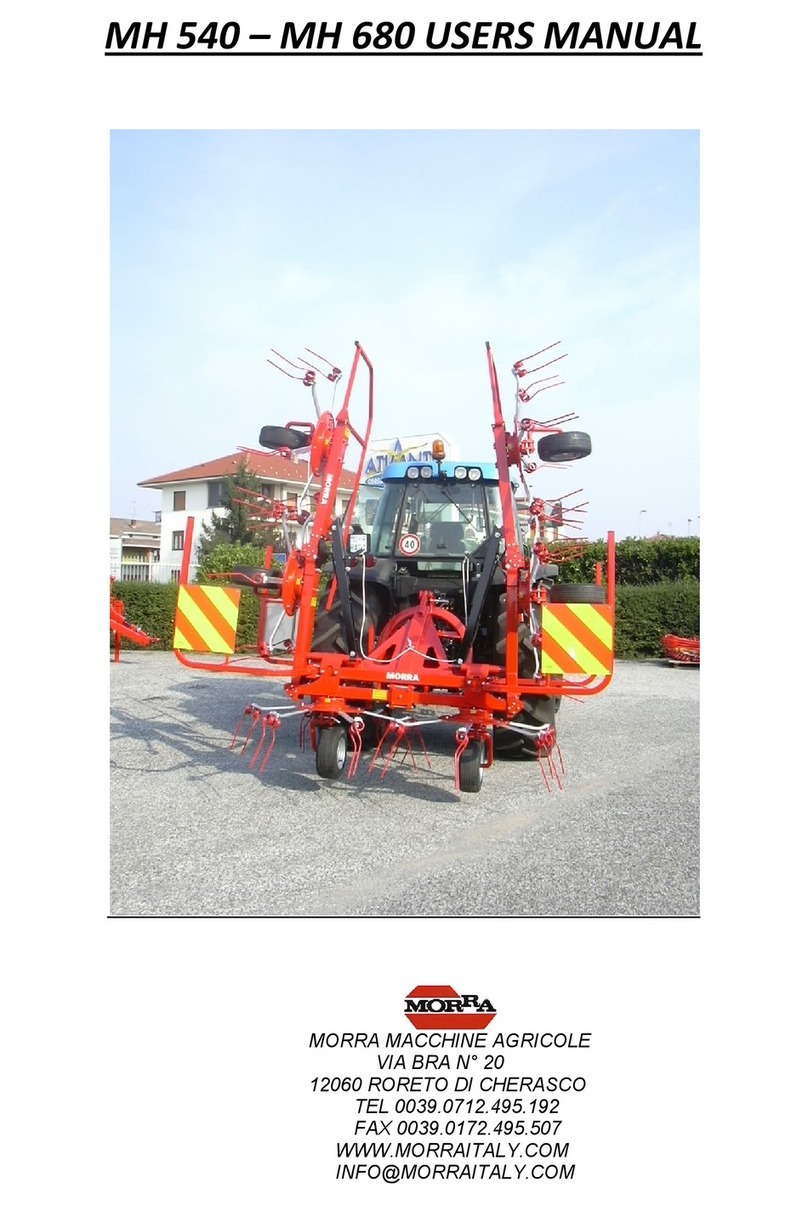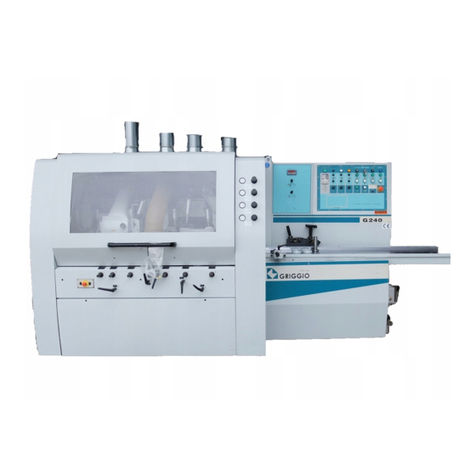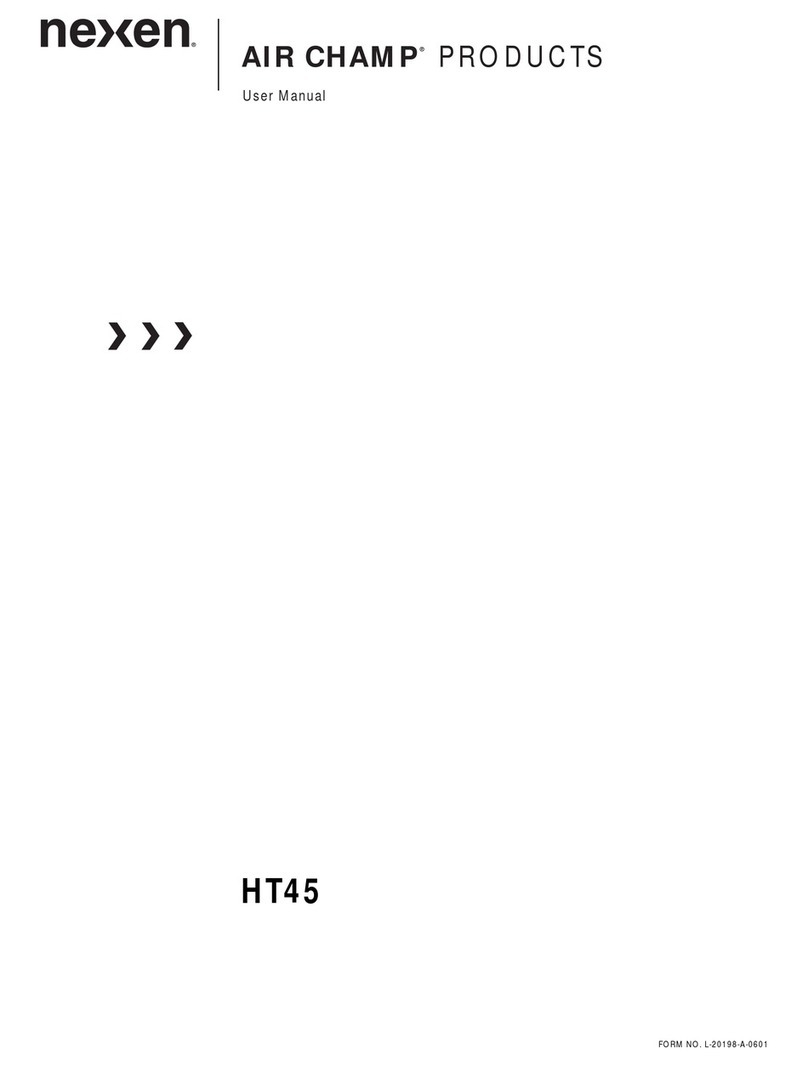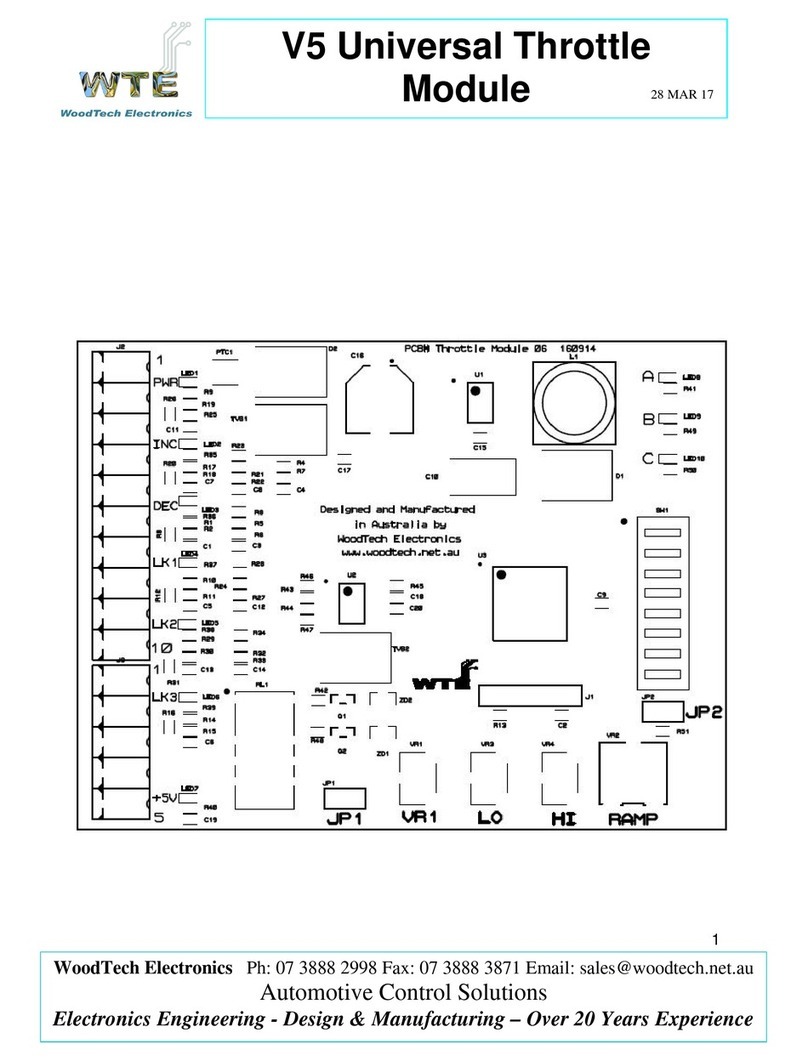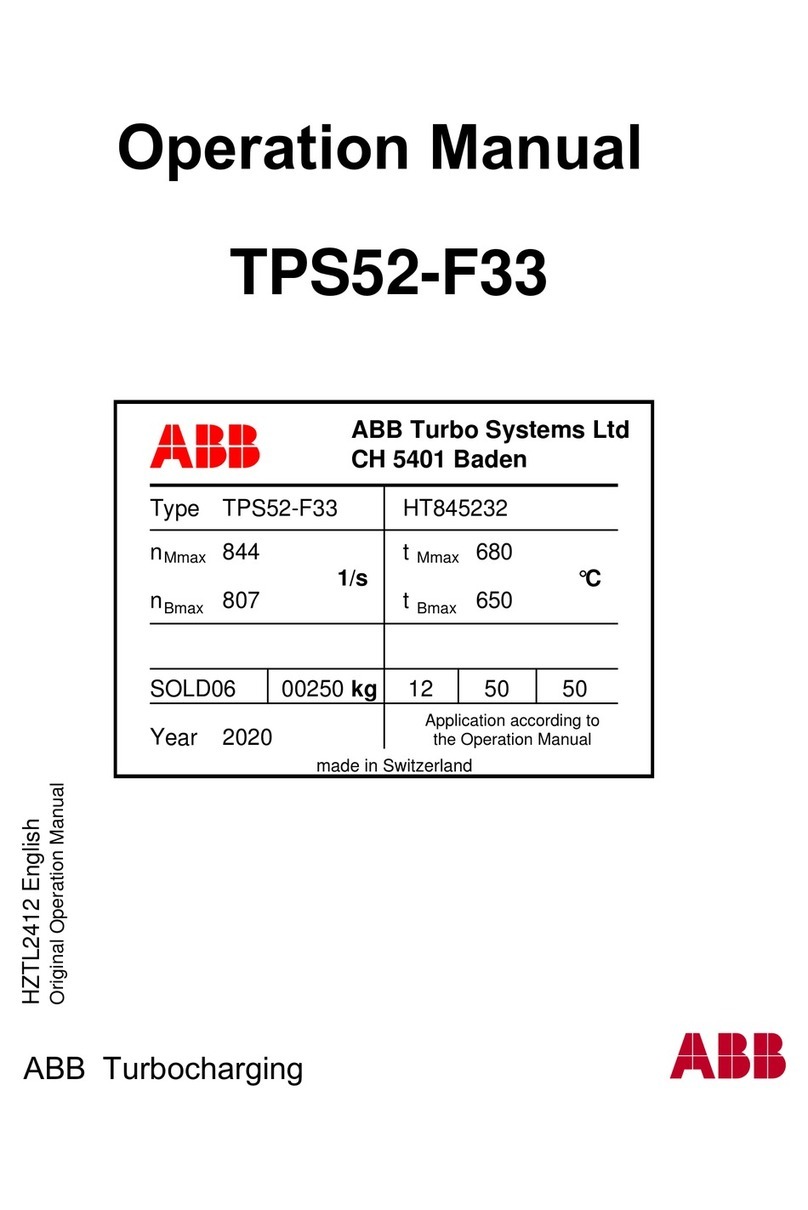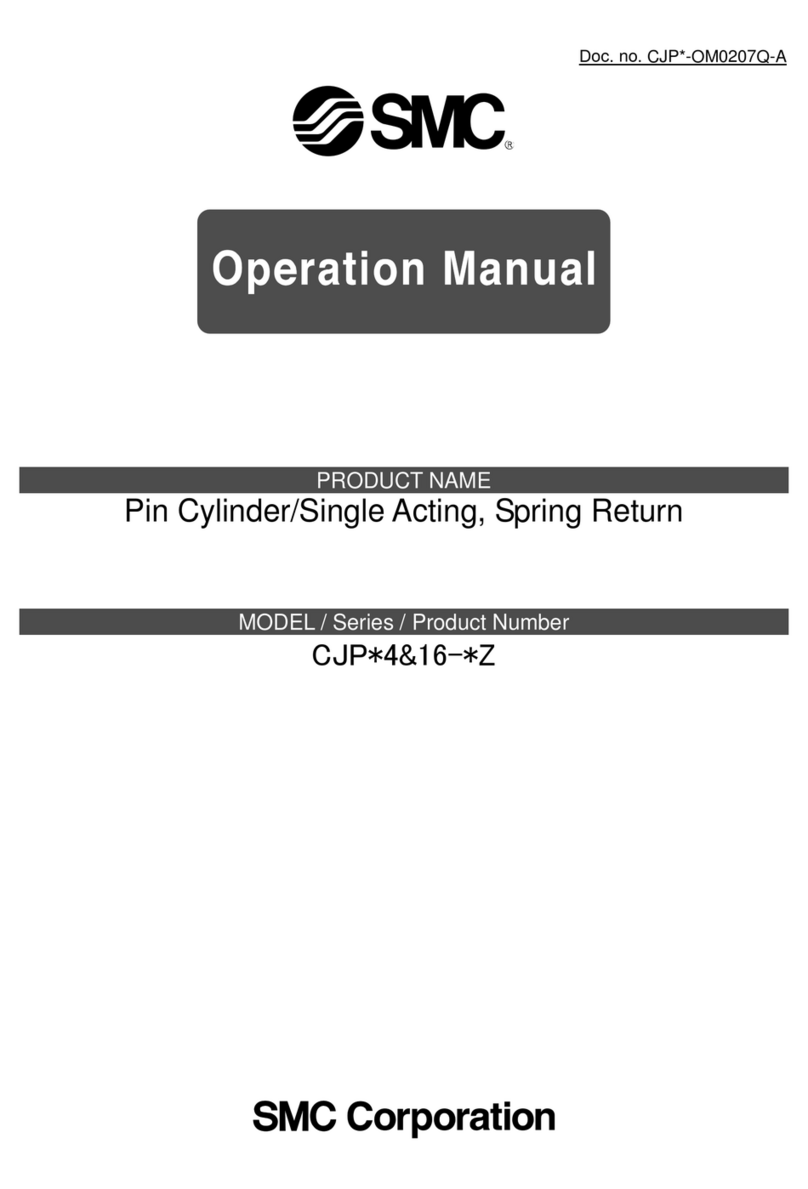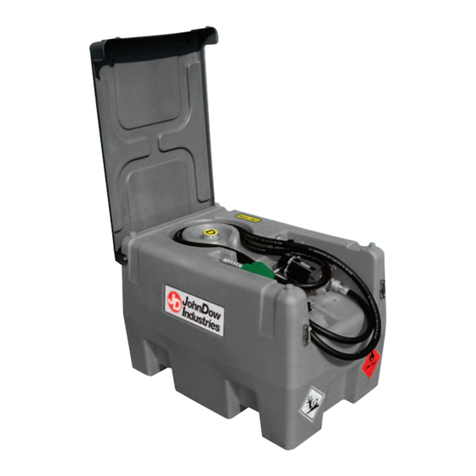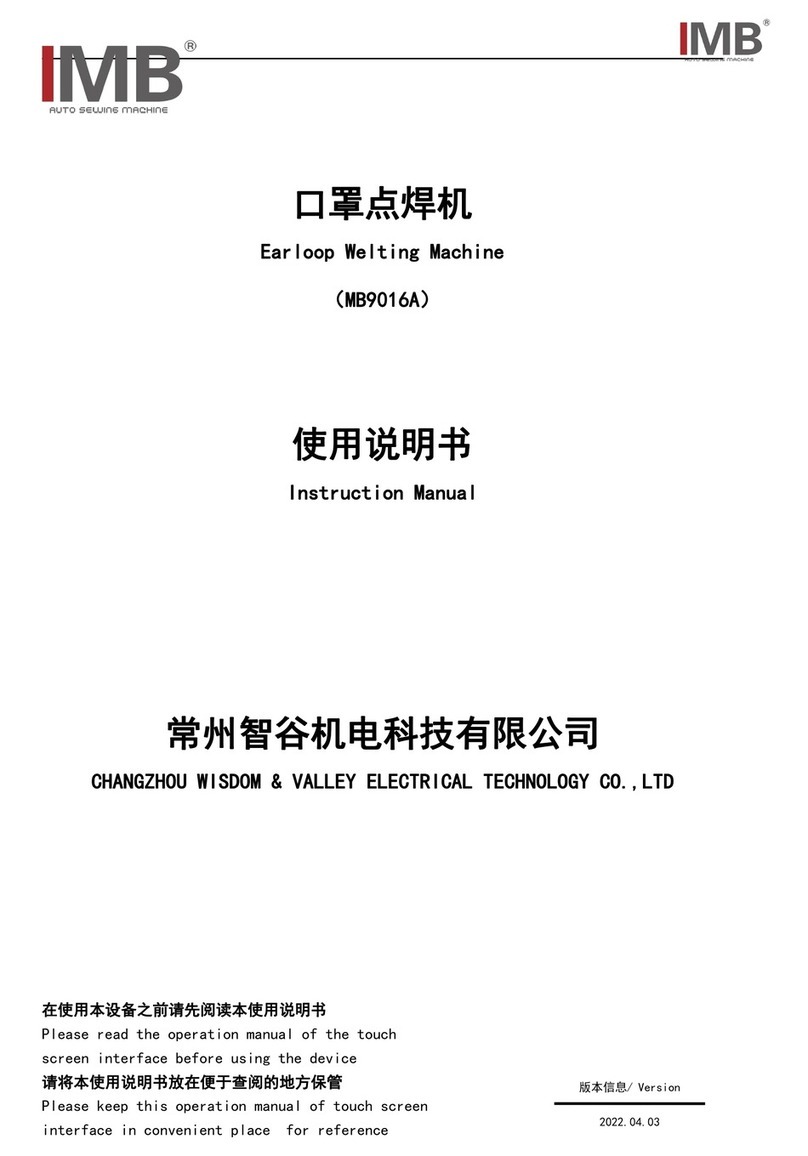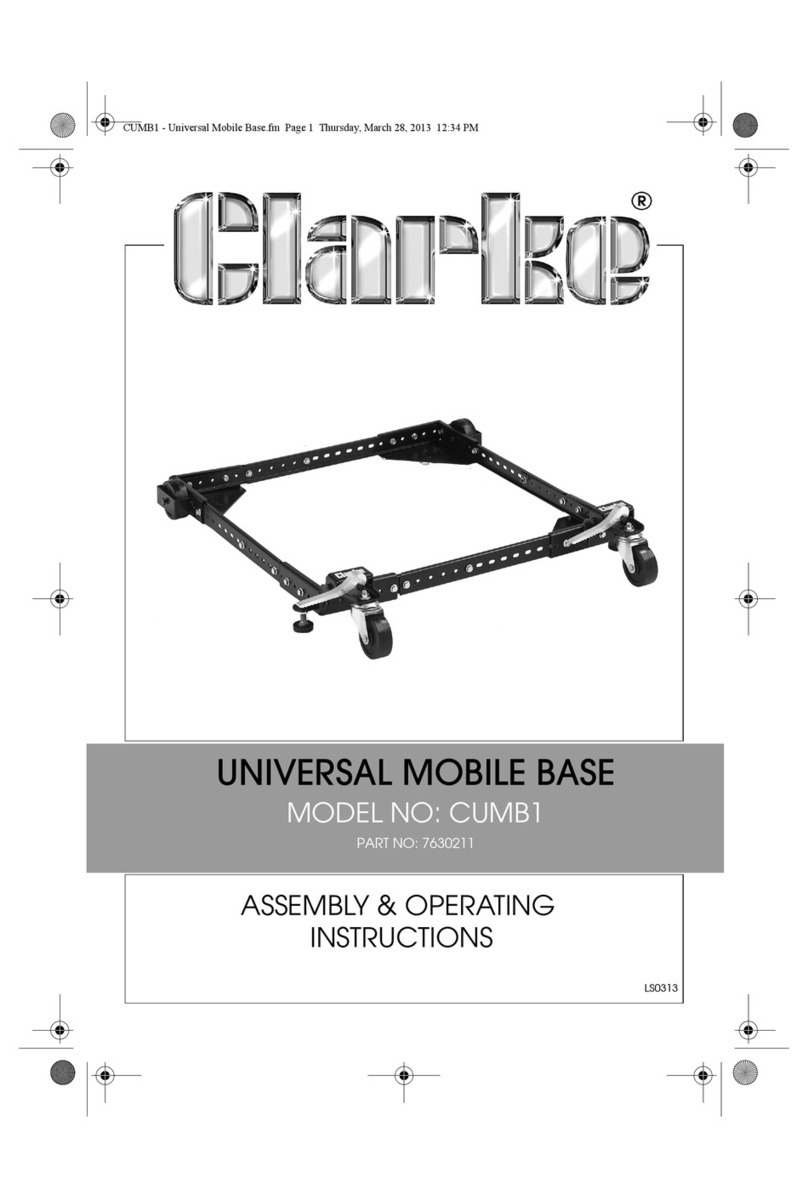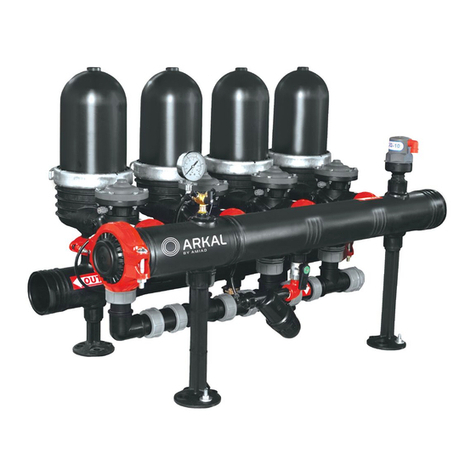Copyright © 2023 Cold Jet, LLC
All rights reserved. Printed in the USA.
Due to continued product development this information may change without notice. The information and
intellectual property contained herein is confidential between Cold Jet and the customer and remains the
exclusive property of Cold Jet. If you find any problems in the documentation, please report them to us in
writing. Cold Jet does not warrant that this document is error-free.
No part of this publication may be reproduced, stored in a retrieval system, or transmitted in any form or
by any means, electronic, mechanical, photocopying, recording or otherwise without the prior written
permission of Cold Jet.
This manual reflects the product configuration as was current at the time of its writing. An item’s display in
this manual does not guarantee the item’s availability at any time in the future. Images shown are for
representation purposes only. Products may vary from the images displayed. Cold Jet is not liable for
typographical errors or changes to specifications presented.
Contents
System Identification____________________________________________________________________________________4
Introduction _____________________________________________________________________________________________5
Safety ____________________________________________________________________________________________________5
General Safety Guidelines ____________________________________________________________________________5
CO2Safety _____________________________________________________________________________________________6
Electrostatic Discharge _______________________________________________________________________________7
Electrical Grounding __________________________________________________________________________________7
Safety Labels __________________________________________________________________________________________7
Cautions and Warnings _______________________________________________________________________________8
Lockout Tagout______________________________________________________________________________________ 10
System Description____________________________________________________________________________________ 11
Machine Data _______________________________________________________________________________________ 11
Machine Components_______________________________________________________________________________ 12
Control Panel________________________________________________________________________________________ 13
Applicator Components_____________________________________________________________________________ 14
Nozzles ______________________________________________________________________________________________ 15
Operation______________________________________________________________________________________________ 16
Unpacking the Machine_____________________________________________________________________________ 16
Machine Setup ______________________________________________________________________________________ 17
The Compressed Air Supply_________________________________________________________________________ 18
Starting the Machine________________________________________________________________________________ 21
Blasting Dry Ice______________________________________________________________________________________ 22

